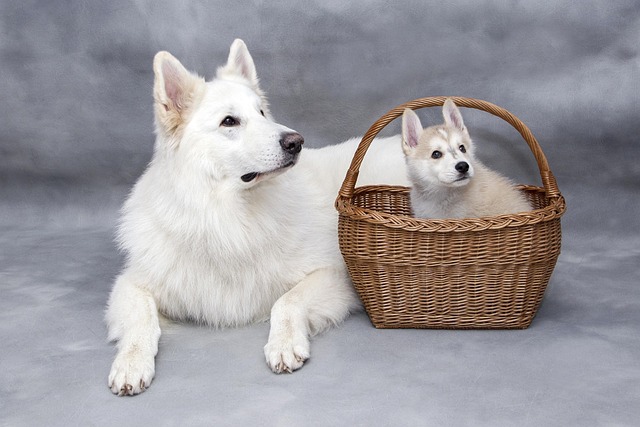
Why can't dogs eat cat food
Imagine this: You’re in your Chicago apartment, juggling a 6-month-old golden retriever, Max, and a tabby cat, Luna. You turn your back for 30 seconds to grab a leash
Picture this: you're wearing black pants, ready to head out, and your dog gives that full-body shake. Suddenly, you're wearing a fur coat instead. Sound familiar? Dealing with shedding is just part of life with dogs, but how we tackle it makes all the difference. One question pops up constantly among pet owners: is it better to deshed a dog wet or dry? Honestly, there's no universal answer, but understanding both methods helps you make the smartest choice for your furry friend.
Let's talk dry deshedding first. When your dog's coat is completely dry, brushing becomes wonderfully straightforward. The fur stays separated, allowing tools like undercoat rakes or deshedding blades to glide through and lift loose hair efficiently. This method shines for regular maintenance, especially with double-coated breeds like Huskies or German Shepherds. You might find it less messy too – no wet hair clinging to surfaces or tools. Many groomers actually prefer starting dry for initial debris removal before baths. It's quick, effective for surface-level shedding, and perfect for those weekly touch-ups between proper grooming sessions. Just remember to brush gently in the direction of hair growth to avoid irritating sensitive skin.
Now, wet deshedding brings different advantages to the table. When water saturates the coat, it relaxes and separates the hair shafts, making it easier to reach that stubborn undercoat. Using a high-quality deshedding shampoo and conditioner during bath time can significantly loosen dead hair. You'll often see clumps of fur releasing effortlessly as you massage or rinse. This approach proves invaluable during heavy seasonal shedding periods or for dogs with dense, wooly coats. Water acts as a lubricant, reducing friction and allowing tools to move smoothly without tugging. Some owners report less airborne fur flying around when working on a damp coat too. After rinsing, a thorough blow-dry with a high-velocity dryer often reveals even more loose hair ready for removal.
Both approaches have their drawbacks though. Dry brushing can sometimes stir up dander and allergens into the air, which isn't ideal for sensitive humans. If done too aggressively or with poor-quality tools, it might cause static, break healthy hairs, or irritate the skin. Wet deshedding demands more time – you're committing to a full bath process. There's also risk if moisture gets trapped against the skin, potentially leading to hot spots or infections, especially in thick-coated breeds. Certain coat types respond poorly to wet brushing; for instance, curly coats like Poodles might tangle more when damp. Seasonal factors matter too – that heavy spring shed might call for wet sessions, while winter maintenance leans dry. Always consider your dog's skin health; existing conditions like dermatitis could dictate your approach.
So how do grooming pros navigate this? Most recommend combining both strategically. Start with a thorough dry brush to remove surface dirt and loose topcoat. Follow with a bath using a deshedding formula, massaging deeply during shampooing to loosen undercoat. After rinsing, apply conditioner and use a wet brush or rubber curry comb in the shower to lift released hair. Post-bath, towel dry partially then use your dryer and brush simultaneously. The airflow fluffs the coat while brushing captures flying fur. Tool selection is critical – invest in a quality undercoat rake for dry work and a flexible rubber brush for wet sessions. Frequency depends entirely on breed and season; a Labrador might need wet deshedding monthly during peak shed but bi-weekly dry brushing suffices otherwise. Always check for skin redness or sensitivity afterwards.
Ultimately, the wet versus dry debate comes down to your dog's unique needs. Observe how your pet responds – does their coat release more hair during baths or when brushed dry? Does one method seem more comfortable for them? Many owners successfully blend techniques: dry brushing for maintenance, wet sessions for deep seasonal shedding. Consult your groomer or vet if unsure, especially for breeds with complex coat care like Samoyeds or Newfoundlands. What works for your neighbor's Beagle might not suit your Australian Shepherd. Experiment safely, prioritize your dog's comfort, and you'll find that sweet spot where loose hair is manageable and that notorious "shedding season" becomes far less daunting.

Imagine this: You’re in your Chicago apartment, juggling a 6-month-old golden retriever, Max, and a tabby cat, Luna. You turn your back for 30 seconds to grab a leash
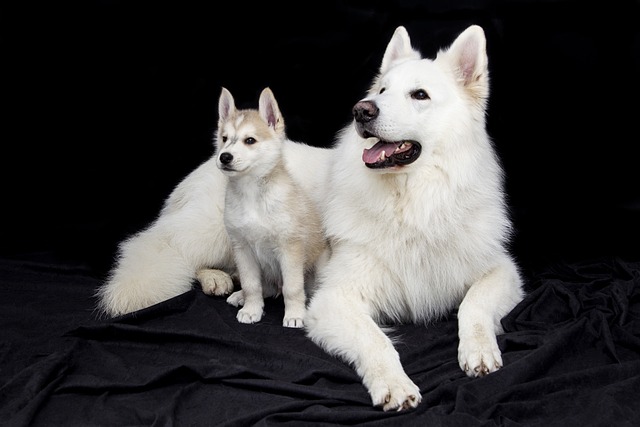
Let’s say you’re a new dog parent in Phoenix, sweating under the summer sun as your golden retriever, Bailey, pants beside you. You eye the clippers in the closet
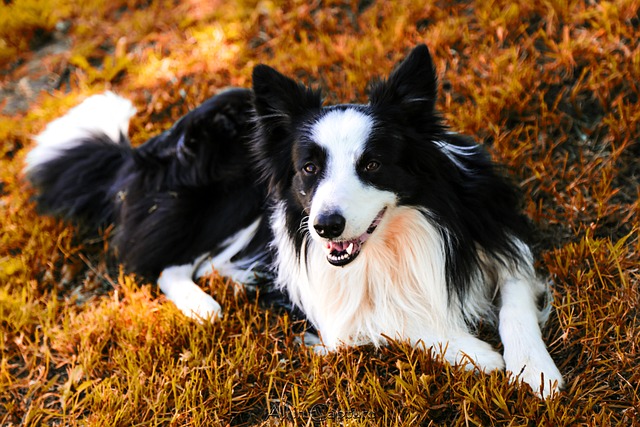
Let’s picture this: You’re a new puppy parent in a Boston apartment, excitedly welcoming home your 12-week-old golden retriever, Buddy.

Maintaining your dog’s dental health is like safeguarding a secret to their long - term well - being. Yet, improper brushing not only risks oral issues but may also go against local pet care regulations that prioritize animal welfare.
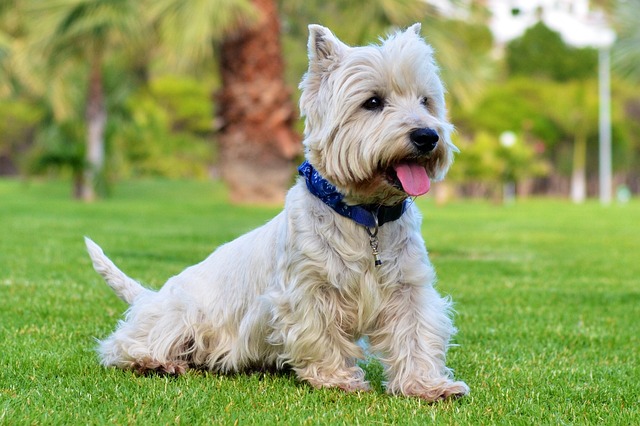
Seeing your dog’s wagging tail and bright eyes is heartwarming, but what about their dental health? Just like in human healthcare, local pet care regulations might impact how you approach dog dental hygiene.
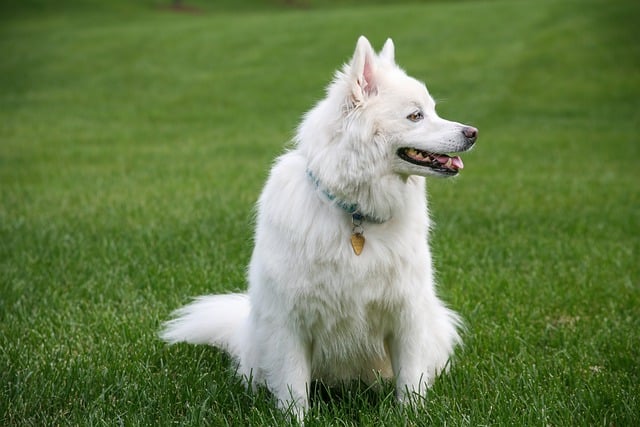
Should dogs have access to water all the time? Let’s start with a scene familiar to many new dog parents in Chicago: Your 8-month-old golden retriever